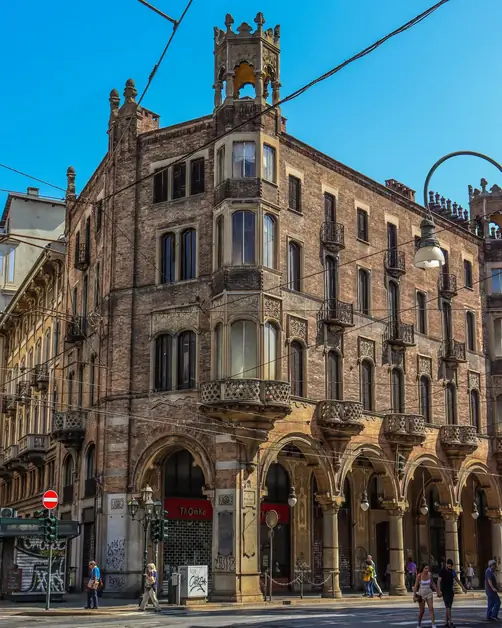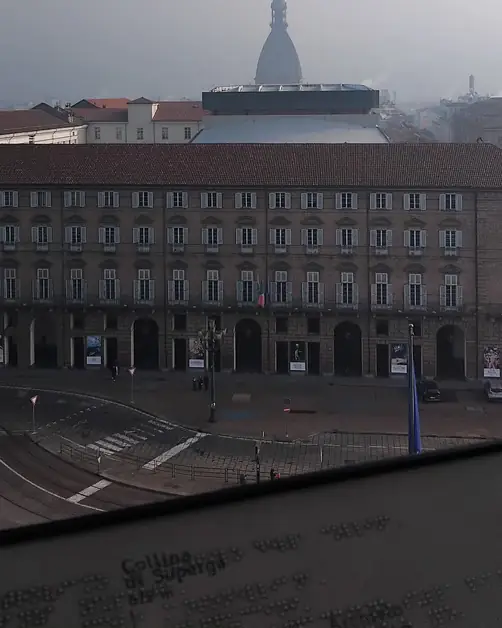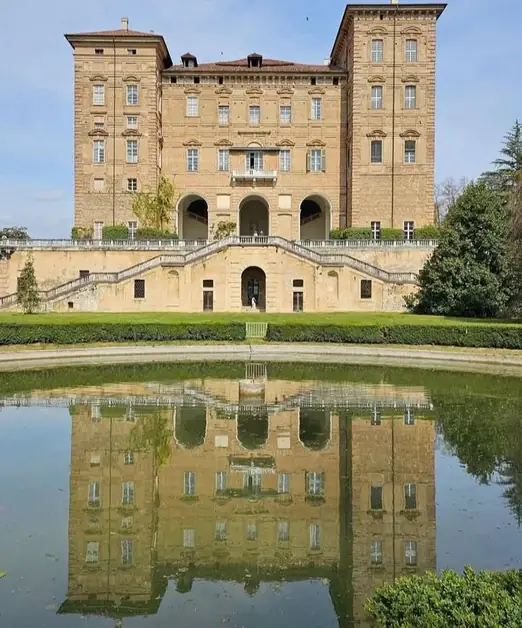The Castle of Valcasotto between history and nature
The Castle of Valcasotto is a Savoy royal residence that fascinates for its history and the natural context in which it is located.

What is the Castle of Valcasotto in Piedmont?
It is a Savoy royal residence born from the transformation of an ancient Carthusian monastery. Today it is a fascinating place, immersed in the Piedmontese mountains.
What are the origins of the Castle of Valcasotto in Piedmont?
The complex was born as the Certosa di Casotto, founded between 1090 and 1172 by Carthusian monks.
Why is the monastery of Valcasotto in Piedmont important?
Because it represents a rare example of Carthusian architecture transformed into a hunting residence for the Savoy court.
Who transformed the Certosa into the Castle of Valcasotto in Piedmont?
It was Charles Albert of Savoy who, in 1837, was struck by the tranquility of the place and decided to buy it to transform it into a summer residence.
What did the Certosa of Valcasotto in Piedmont originally look like?
It consisted of a central church, two courtyards, monastic cells, and a guesthouse. An isolated, silent place perfect for meditation.
What transformations did the complex undergo in the 18th century?
The Certosa was renewed with more monumental forms, transforming into a structure similar to a noble palace.
Who designed the church of the Castle of Valcasotto in Piedmont?
The architect Bernardo Vittone, who created a facade in local green stone contrasting with the red bricks.
What role did the Certosa play during the French occupation?
In 1802 the Carthusian order was suppressed and the complex was abandoned.
When did the transformation into a royal residence in Valcasotto, Piedmont begin?
Starting in the 1830s, when Charles Albert decided to make the ancient Certosa a hunting castle.
Why is the Castle of Valcasotto in Piedmont not considered a representative residence?
Because it was used as a private place intended for hunting, vacations, and the daily life of the royal family.
Who stayed at the Castle of Valcasotto in Piedmont?
Besides Charles Albert, it was much loved by Victor Emmanuel II and his children, especially Princess Maria Clotilde.
What royal environments can you see today?
The bedrooms, private apartments, the king's kitchens, and the spaces adapted from the ancient Carthusian areas.
Who oversaw the internal works of the Castle of Valcasotto in Piedmont?
The architect Carlo Sada with a team of painters, decorators, and carvers, including Gabriele Capello.
What is the style of the castle's interiors?
The interiors are simple, intimate, and domestic, far from the excesses of the great official residences of the Savoy.
What kind of decorations are present?
Stucco, 19th-century paintings, and original furnishings that reveal the daily life of the royal family.
Why is the Castle of Valcasotto in Piedmont linked to hunting?
Because it was the refuge of King Victor Emmanuel II, famous for his hunting trips.
Is the Castle of Valcasotto in Piedmont a Savoy residence?
Yes. Although it is not part of the UNESCO heritage, it is recognized as one of the Savoy Royal Residences of Piedmont.
What happened to the castle after the Savoy period?
It was sold to private individuals in 1881.
When did it return to being a public asset?
In 2000, when it was acquired by the Piedmont Region.
What restoration work has been done?
Recovery works have been initiated to transform it into a museum, educational space, and a place open to visitors.
What can a tourist see today?
The king's apartments, the chapel, the recovered monastic spaces, and the surrounding natural landscape.
Is the Castle of Valcasotto in Piedmont immersed in nature?
Yes, it is located among the woods of the Monregalesi mountains, in an ideal context for walks and excursions.
What activities can be done in the surroundings?
Hiking, visits to nearby villages, and tastings of typical products such as the famous Castelmagno.
Why visit Valcasotto in Piedmont?
To discover an intimate, authentic Savoy residence immersed in the tranquility of nature, away from the more touristy paths.




